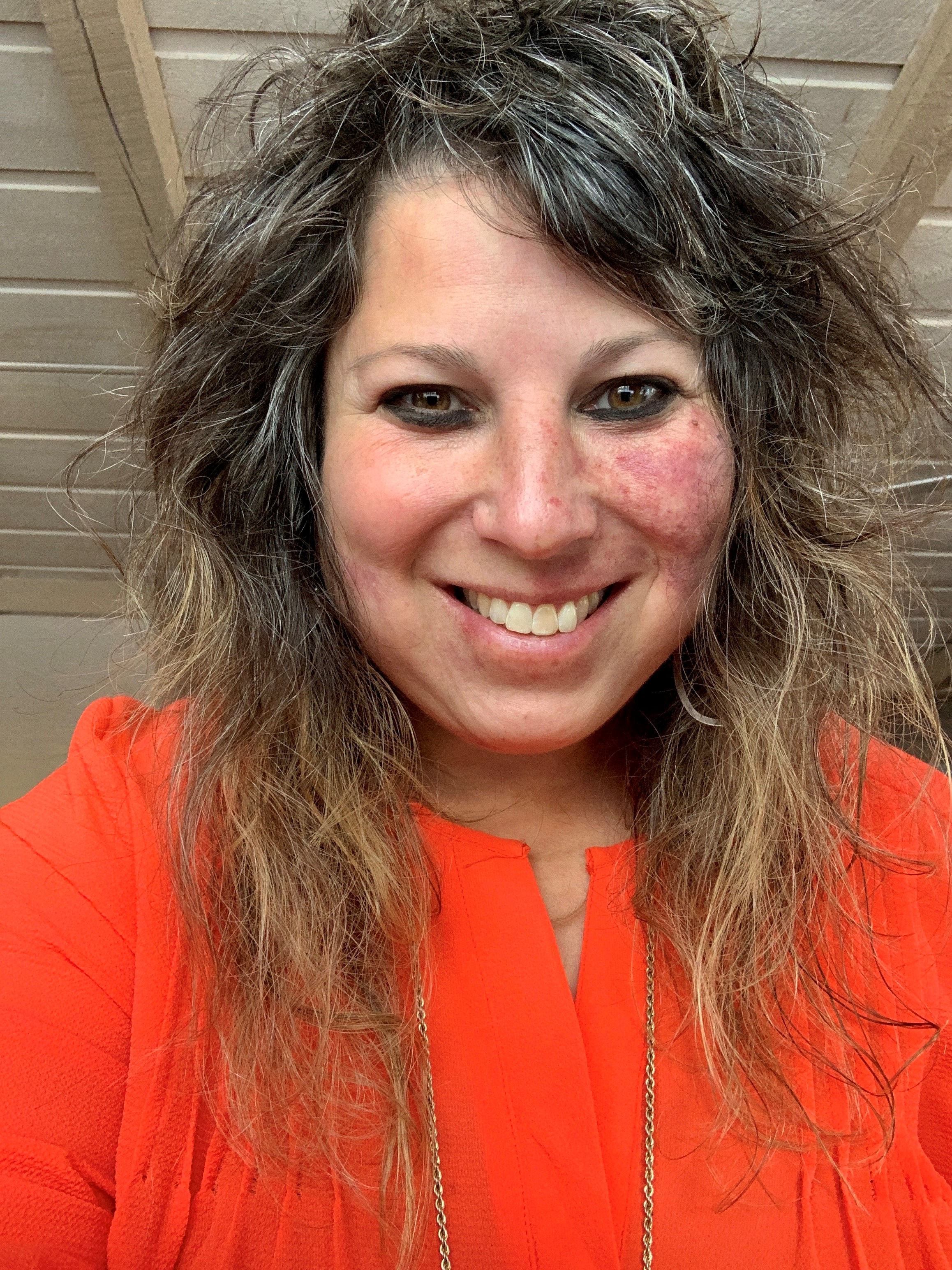Dynamic lighting reduces falls among older U.S. adults in long-term care

New research evaluated whether changing the intensity and spectrum of lighting during the day — which impacts neurocognitive processes such as alertness, mood, and sleep — can reduce the rate of falls in elderly long-term care residents.
The study, published in The Journal of Post-Acute and Long-Term Care Medicine, and conducted by researchers at Brigham and Women’s Hospital in Boston, Massachusetts, assessed the impact of upgraded lighting on the rate of falls in long-term care home residents.
Investigators led an observational study across four long-term care homes totaling 758 residents. Two sites were selected for a lighting upgrade, the other two sites served as a control. According to the study, in the “experimental” sites that had solid-state lighting installed throughout the facility, the lighting changed in intensity and spectrum to increase short wavelength or blue light exposure from 6 a.m. to 6 p.m. and then decreased it overnight. The control sites remained consistent with standard lighting.
The study’s results found that before the lighting upgrade, the rate of falls was similar between experimental and control sites, 6.94 vs 6.62 falls per 1,000 resident days. However, following the upgrade, researchers found falls were reduced by 43 percent at the experimental sites compared to the control sites (4.82 vs 8.44 falls).
In conclusion, the study’s authors found upgrading ambient light to higher intensity blue-enriched white light during the day and lower intensity overnight, provides an effective, passive, low-cost addition to current preventive strategies to reduce falls in residents of long-term care settings.




















SHARE